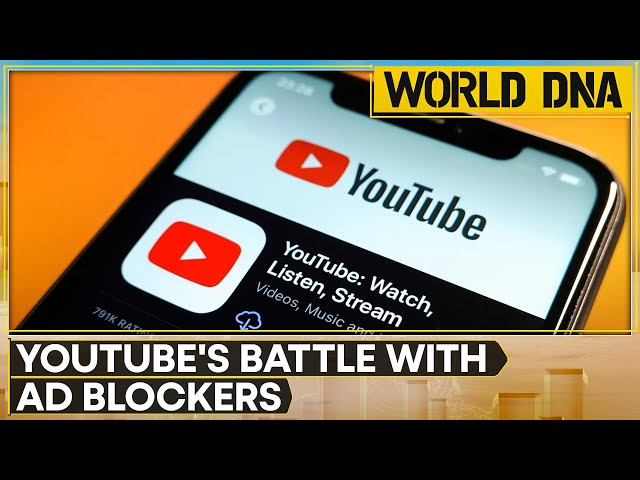For many online content consumers, ad blockers have become a near-ubiquitous tool, promising an uninterrupted viewing experience. However, this convenience comes at a cost, particularly for platforms that rely on advertising revenue to support creators and maintain their ecosystem. YouTube, the world’s leading video-sharing platform, has long been engaged in a tug-of-war with ad blockers, and a recent move signals a significant escalation in this ongoing battle.
Cracking Down on Mobile Ad Blockers: A Broader Offensive
On April 16, 2024, YouTube announced a major expansion of its efforts to combat ad blockers. Previously, the platform primarily focused on desktop users, targeting browser extensions that disabled ads during video playback. Now, YouTube is setting its sights on mobile devices, specifically third-party apps that offer ad-free viewing of YouTube content.

Users who employ these ad-blocking apps might encounter a variety of issues, including:
Buffering: Videos may experience frequent buffering or stalling, hindering smooth playback.
Error Messages: Users might encounter error messages stating that the content is unavailable, effectively blocking access to the desired video.
This move by YouTube demonstrates a firm stance against ad blockers across all platforms, aiming to protect its ad-based revenue model.
Why Does YouTube Dislike Ad Blockers?
YouTube’s primary concern lies in the financial impact of ad blockers. Advertisements are the platform’s primary source of income, and widespread use of ad blockers would significantly reduce its revenue stream.
This revenue, in turn, plays a crucial role in supporting the platform’s ecosystem. Content creators rely on ad revenue generated from their videos to earn a living and continue producing high-quality content.
In a statement, YouTube emphasized the importance of this revenue stream, declaring, “We only permit third-party apps to utilize our API under compliance with our API Services Terms of Service.” These terms stipulate that disabling ads is prohibited.
Furthermore, YouTube highlights its commitment to protecting its creators and audience, stating they will take “necessary actions” against apps that violate their terms.
The User’s Perspective: Are There Alternatives?
While YouTube’s crackdown might be frustrating for users accustomed to ad-free viewing through third-party apps, the platform offers alternative solutions.
YouTube Premium: For users who prioritize an ad-free experience, YouTube Premium provides a subscription service that eliminates advertisements. In addition to ad-free viewing, YouTube Premium offers other perks like background playback and access to YouTube Music.
Limited Ads: Users who are not averse to some level of advertising can continue using the free version of YouTube. While ads will be present, YouTube does employ algorithms to personalize advertisements and show content that aligns with user interests.
Ultimately, the choice between accepting ads and subscribing to YouTube Premium lies with the individual user.
The Future of Online Content: A Balancing Act
The ongoing battle between content platforms and ad blockers highlights the complex challenges of maintaining a healthy online ecosystem. Platforms like YouTube rely on advertising revenue to keep their services free for users and support creators.
However, users also have a valid interest in enjoying content without constant interruptions.
Moving forward, the key might lie in finding a balance. Continued innovation in targeted advertising could lead to a future where users see ads that are relevant to their interests and less disruptive to the viewing experience.
Additionally, platforms like YouTube may explore offering a tiered subscription model, with varying levels of ad-free viewing at different price points.
Frequently Asked Questions:
Why is YouTube cracking down on ad blockers now?
Ad blockers have been a growing concern for YouTube for some time. The recent crackdown might be a response to a perceived increase in ad blocker usage, particularly on mobile devices.
What are some other platforms that are affected by ad blockers?
Many online platforms, including news websites and social media sites, rely on advertising revenue. As such, most platforms are taking steps to combat ad blockers.
Will YouTube ever eliminate ads?
It is unlikely that YouTube will eliminate ads from its free tier. Advertising remains a crucial source of revenue for the platform. However, future improvements in ad targeting could lead to a less intrusive ad experience.




